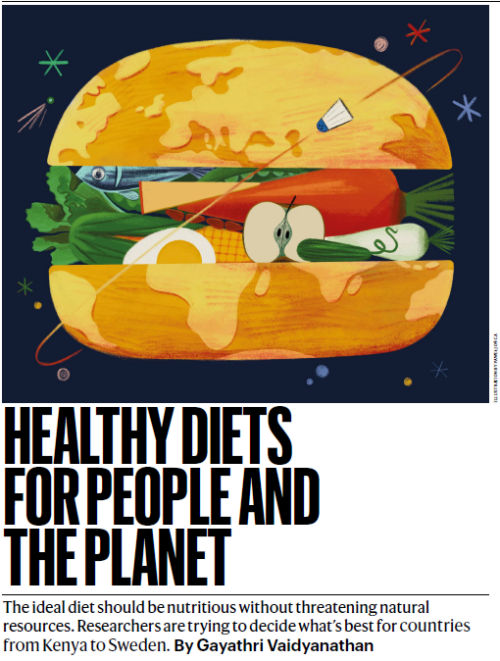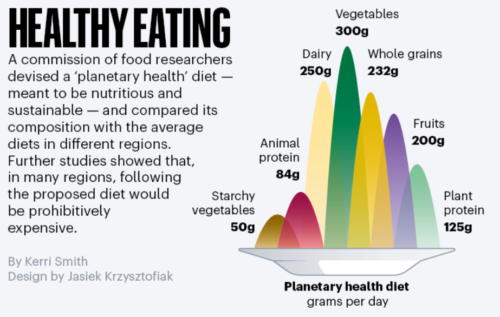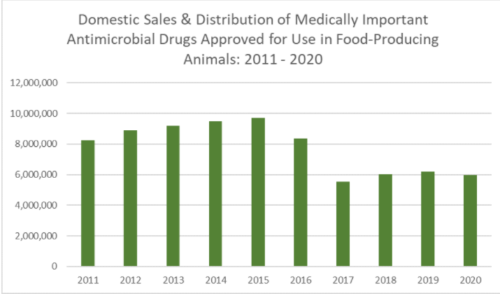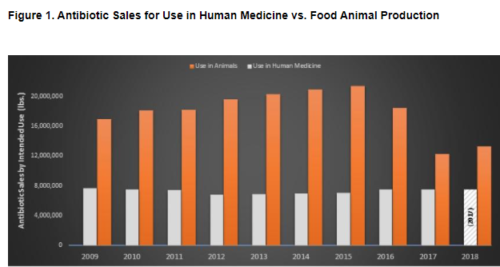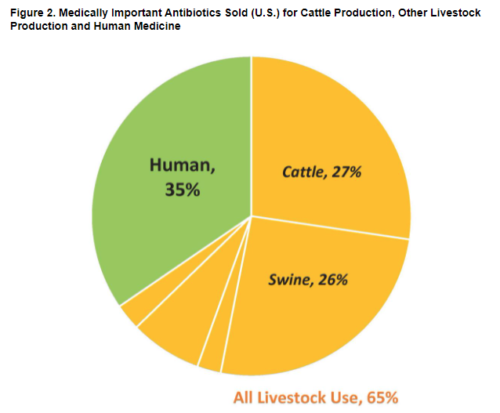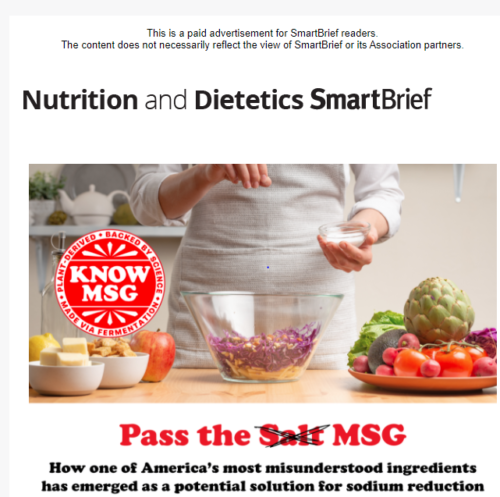The ongoing debate about meat and dairy emissions
Every time I write anything about the effects of ruminants on greenhouse gas emissions, I am flooded with comments about cherry-picked data. I’m not going to even try to sort that out, but I do find the studies interesting.
Here’s a report from the Institute for Agriculture and Trade Policy (IATP): Emissions Impossible Europe: How Europe’s Big Meat and Dairy are heating up the planet.
Watch the video about it here.
Among the report’s findings:
- Just 20 European meat and dairy companies combined produce the equivalent of more than half of the United Kingdom, France and Italy’s emissions, and exceed that of the Netherlands.
- The same 20 companies’ total emissions rival those of fossil fuel giants…over half of Chevron’s (55%), 42% of ExxonMobil’s, 44% of Shell’s and of BP’s.
- Their combined emissions are also equivalent to 48% of the coal consumed in the entire EU (2018)1 or more than 53 million passenger cars driven for one year.
- Only four (Arla, Danone, FrieslandCampina and Nestlé) out of the 20 companies assessed report their total supply chain emissions…Only three (Nestlé, FrieslandCampina and ABP) have announced plans to reduce their total.
Plenty of groups object to these findings. You can read about that here.
Addition:
If you haven’t seen it, take a look at this 15-minute video on Big Ag lobbying from the New York Times.

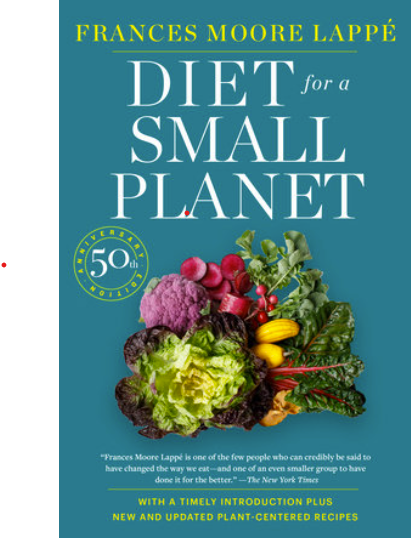
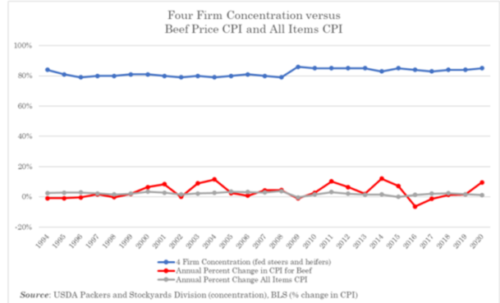 And, it says,
And, it says,